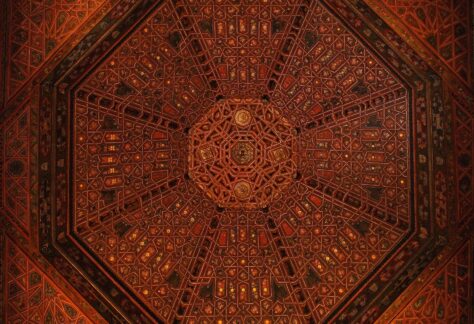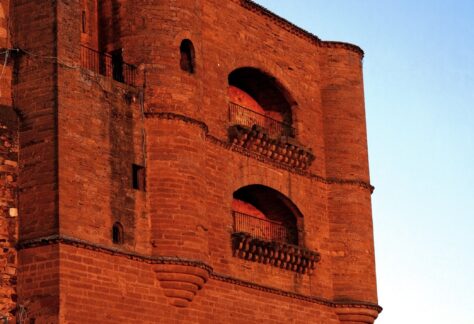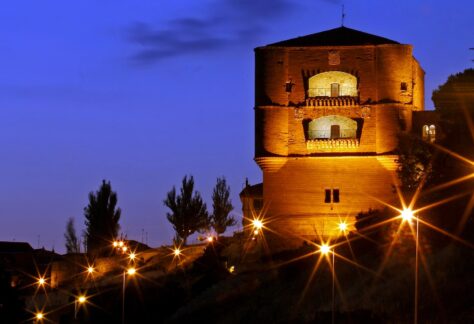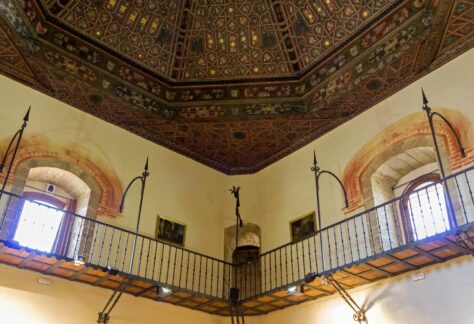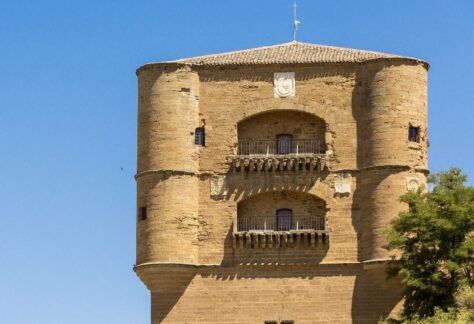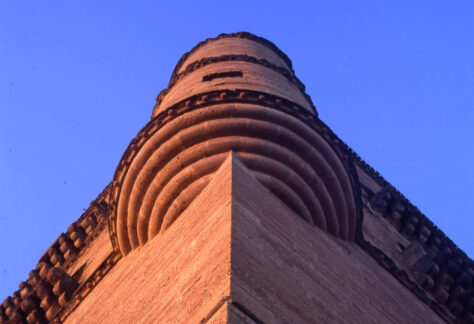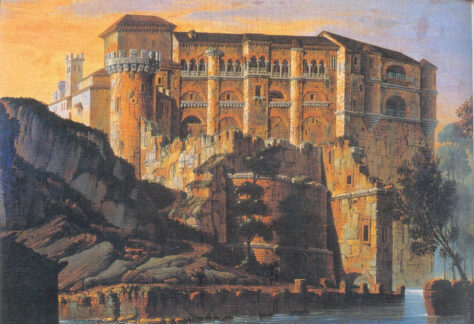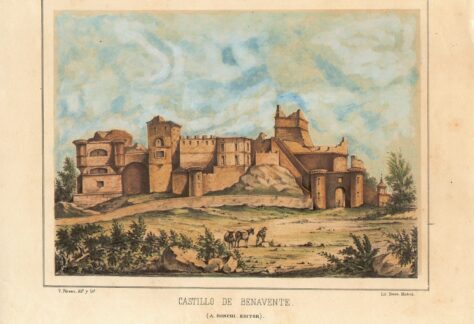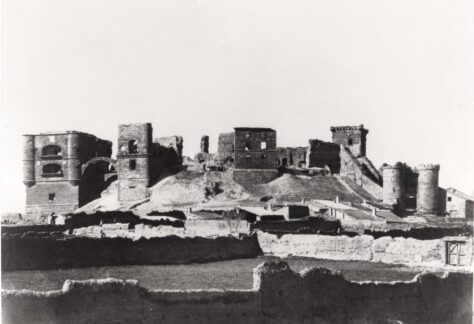Everything suggests that its construction was contemporary to the repopulation of Fernando II in the twelfth century. In 1202 King Alfonso IX held a court in it. In 1230 this fortress was the scene of a historical event of great importance for the history of Spain, in the so-called Concordia de Benavente, the definitive union of the kingdoms of Leon and Castile in the person of the monarch Ferdinand III became effective.
Later, during the period in which the city was under the rule of the Pimentel family (XIV-late XIX century), the castle became the residence of the counts and underwent several reforms until the French troops destroyed and burned it at the beginning of the XIX century. After various vicissitudes, in 1972, it became part of the Parador Nacional de Turismo, which currently houses it. However, the Caracol Tower, the name by which it is known, is only a small part of the entire fortified complex, consisting of three walled enclosures that in its heyday could be admired.
The Caracol Tower (it is said that it was the castle’s armory), was built in 1504 by order of the V Count of Benavente, Don Alfonso Pimentel, being the last building erected of those that made up the grandiose fortress or fortress. It has a square floor plan of about 17 meters square, whose artistic style is a mixture of Gothic and Renaissance. Its walls are built of stone ashlars. Although the windows conserve the trace of the canoneras of an old military castle, by its decorative balustrade it reveals that this great tower corresponds to a constructive moment in which the military function had been changed by the one of palatial mansion.
On its south façade you can see some coats of arms of the Pimentel family.
The complex is currently covered by a magnificent Moorish coffered ceiling. It is a work of the fifteenth century and comes from the former Convent of San Román del Valle, where one of the pantheons of a branch of the Pimentel dynasty was located. In the interior of the Tower of the Snail we can contemplate two great contemporary canvases that at first sight resemble tapestries. They recreate court scenes from the time of Fernando II, whose name the current Parador de Turismo bears. Both works were made by the artist José Carlos Guerra, from Benavente, at the beginning of the 70s. One of them recreates the moment of the concession of a “fuero” or town charter promoting the repopulation of the city, by Fernando II in 1164 and 1167.
